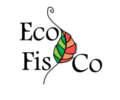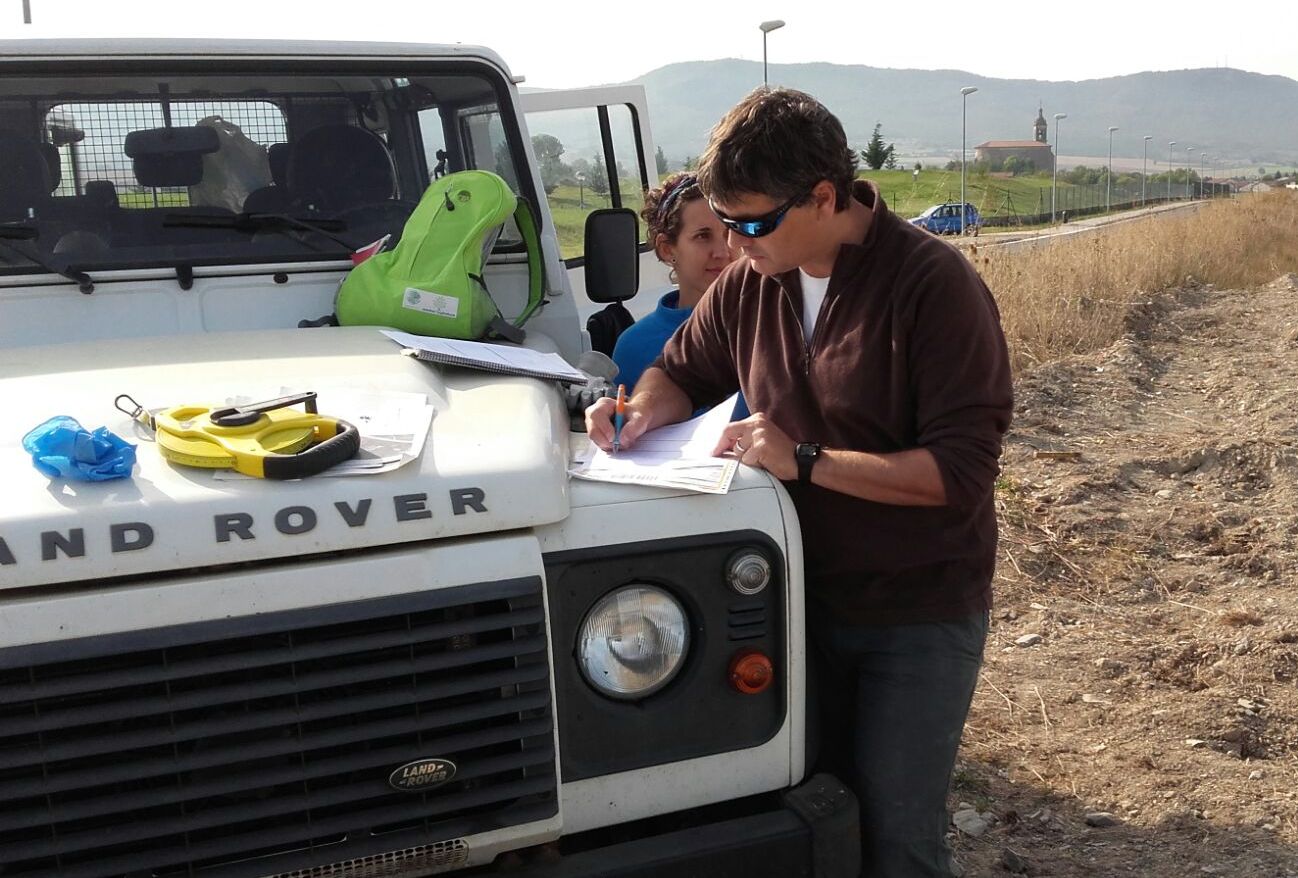Photosynthetic responses of tres in high-elevation forests: comparing evergreen species along an elevation gradient in the Central Andes
- Egileak:
- García-Plazaola JI, Rojas R, Christie D, Coopman RE
- Urtea:
- 2015
- Aldizkaria:
- AoB Plants
- Liburukia:
- 7:plv058
- Deskribapena:
-
Abstract
Plant growth at extremely high elevations is constrained by high daily thermal amplitude, strong solar radiation, and water scarcity. These conditions are particularly harsh in the tropics, where the highest elevation treelines occur. In this environment the maintenance of a positive carbon balance involves protecting the photosynthetic apparatus and taking advantage of any climatically favorable periods. To characterize photoprotective mechanisms at such high elevations, and particularly to address the question of whether these mechanisms are the same as those previously described in woody plants along extratropical treelines, we have studied photosynthetic responses in Polylepis tarapacana in the central Andes (18 °S) along an elevational gradient from 4,300 to 4,900 m. For comparative purposes this gradient has been complemented with a lower elevation site (3,700 m) where another Polylepis species (P. rugulosa) occurs. During the daily cycle, two periods of photosynthetic activity were observed: one during the morning when, despite low temperatures, assimilation was high; and the second starting at noon when the stomata closed because of a rise in the vapor pressure deficit and thermal dissipation is prevalent over photosynthesis. From dawn to noon there was a decrease in the content of antenna pigments (chlorophyll b and neoxanthin), together with an increase in the content of xanthophyll cycle carotenoids. These results could be caused by a reduction in the antenna size along with an increase in photo-protection. Additionally, photo-protection was enhanced by a partial overnight retention of de-epoxised xanthophylls. The unique combination of all of these mechanisms made possible the efficient use of the favorable conditions during the morning while still providing enough protection for the rest of the day. This strategy differs completely from that of extratropical mountain trees, which uncouple light-harvesting and energy-use during long periods of unfavorable, winter conditions.


